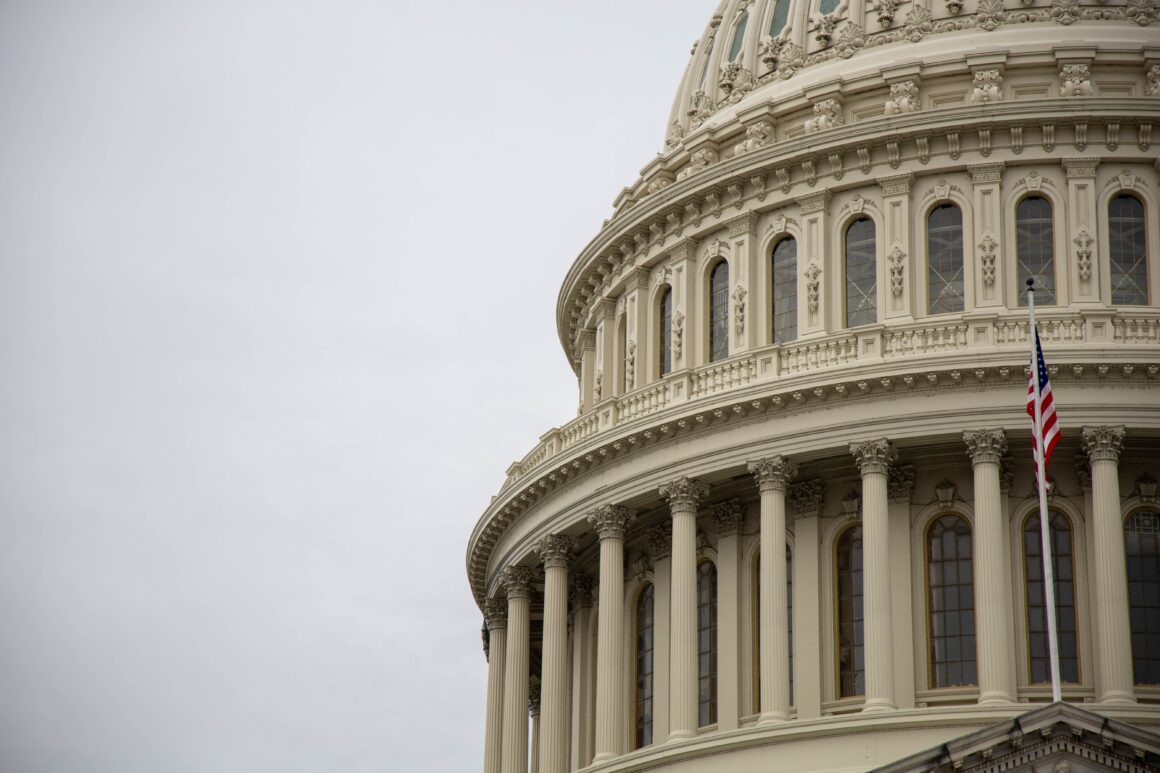You’re late. You overslept because working at a hospital means you have to work sixteen hours at a time, and you got home at 4 a.m. last night. You were exhausted. But you’re still supposed to get your daughter to school on time by 8 a.m., so you skip getting dressed and drive her to school in your pajamas. You park and attempt to usher your daughter inside, only to be stopped by administration before you can walk into the building.
You are banned from entering your daughter’s high school because you are wearing pajamas.
Ludicrous as it may seem, this holds the potential to become a legitimate scenario in Houston Independent School District (HISD) where Madison High School Principal Outley Brown recently implemented a new dress code– not for students, but for parents. The official memo to parents stated the prohibition of pajamas, bonnets, hair rollers, leggings, torn jeans, low-cut tops and dresses, undershirts and any garments resembling thereof. Also included in the memo was a justification of the new decree, stating that “we are preparing our children for the future and it begins here.”
Since Houston ISD's Madison High School is getting national attention for this…https://t.co/bLPrBJ1GTT
A good time to talk about Madison's academic outcomes last year…
Math/science/English AP exams passed: 0
Four-year graduation rate: 72%
College enrollment rate: 40%— Jacob Carpenter (@ChronJacob) April 24, 2019
This parental dress code epitomizes complete and total disregard for the individual circumstances families come from; along with demonstrating underlying tones of classism and racism as well, not to mention the unrealistic standards it enforces.
Pajamas are defined as “any clothes suitable to sleep in.” So how can it be determined by a single individual what qualifies as pajamas and what doesn’t? Does the dress code ban sweatpants and t-shirts as well, since many people consider these pajamas? To try and enforce the prohibition of pajamas, when the garment is so ambiguously defined in the memo, serves as the first indication that the parental dress code fails to address the purpose it asserts; for how can parents adhere to a more “professional” dress code, if it fails to define what qualifies as such? Showing up to Madison High School in sweatpants might get you escorted off school property, but you can never be certain because you are not sure whether they qualify as pajamas. The only way to be sure is to show up at Madison and hope you’re allowed to see your child.
In addition to the outrageous expectations it sets forth, the memo demonstrates utter and oblivious disregard for the eclectic nature of HISD. The issue of discrimination based on natural hair was recently illuminated by the New York City Commission on Human Rights. New state guidelines, released in February, outlined the now illegality of discriminating against an individual based on the style, color, or texture of their hair. The rules of the dress code forbid bonnets, shower caps, head scarfs, and an assortment of head coverings along with those, some of which are often used by people to maintain the natural state of their hair. The dress code is a prime example of underlying discrimination, in that the prevention of certain head coverings on school grounds restricts parents’ ability to maintain their natural hair.
In essence, blatant racism.
Medical conditions may also justify the need for a head covering, such as to cover bald spots, hide stitches, or for various other reasons that should not be required to divulge to the administration. Banning something as versatile as head coverings doesn’t allow accommodations for varying individual circumstances and is disrespectful to the needs of many.
Brown defended her decision to implement the adult dress code. “I felt a need to enact a dress code because it’s an educational environment, a place of learning,” Brown told ABC News. “And when anyone walks in, we have impressionable children and we have to model what we want them to know.”
The attire one is wearing, provided it is not wildly revealing or inappropriate, should not be able to dictate whether a parents gets to see their child. Days before the release of the memo a woman was reported to have been detained by police after she attempted to enroll her child at Madison while wearing a headscarf– subsequently refusing to leave school premises after she was asked to leave. Another mother was forced to rush to the school after her son had broken his arm and was simply handed a copy of the dress code because she was wearing a satin shower cap, never being allowed into the building due to what she was wearing. This should absolutely not play a role in whether a parent can enter into a school building. What the district should really worry about is whether parents are acting belligerent, carrying a weapon, or pose an immediate threat to students.
Since the district’s abysmal academic scores have been pointed out on Twitter, Principal Outley should consider releasing statements on the capabilities on her students rather than focusing what parents are wearing to school. Clothing has little bearing on the outcomes of her students’ test score; what does impact them is emphasis on the curriculum and analyzing what the county could be doing better.
You are not preparing your children for the future. You are unfairly relegating the people they look up to.
Photo: Markus Spiske via Pexels




